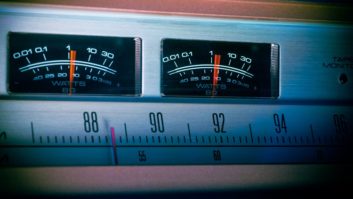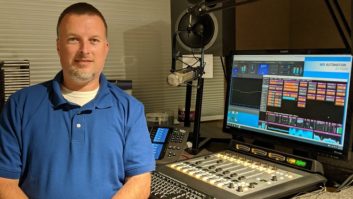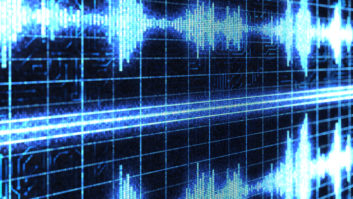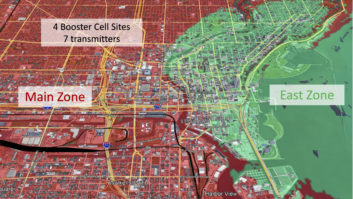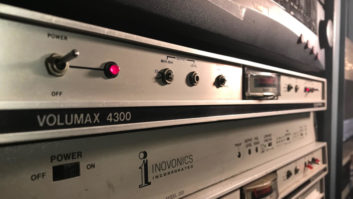In this letter to the editor, the author comments on Larry Langford’s recent article “Try This With Your AM Processing.” Comment on this or any article. Email [email protected].
Distortion in AM receivers due to high negative peaks is an interesting subject. Jim Tonne writes about slew rate distortion in diode-based envelope detectors here.
Another perspective, not mentioned in the paper, is that an envelope detector should work without distortion if the output resistance of the demodulator (before the low-pass filter) is zero, or at least very low when compared to the input resistance of the low-pass filter.
If, for example, the RF driving the diode has a source resistance of 0 ohms — which then drives an ideal diode followed by a resistor to ground of 1 ohm, driving a low-pass filter with an input resistance of 100 ohms or greater — the capacitors in the low-pass filter would “see” equal resistances for charge and discharge. It is interesting that none of the sample circuits take this approach (though the Selsted-Smith demodulator is close since the rectified RF is passed through a cathode follower providing a lower output resistance).
This sort of envelope detector is used in the Gorman-Redlich AM antenna monitor. There, an analog comparator determines if the incoming RF is a positive or negative voltage and drives analog switches that switch between the incoming RF (if the RF is positive) and ground (if the RF is negative). The output of this “rectifier” has a low source impedance and will drive a low-pass filter without causing the slew rate distortion.
Moving to DSP, I used a similar envelope detector here. Each incoming sample is passed through the absolute value function (equivalent to full-wave rectification), then through a low-pass filter to provide the envelope detector output.
At this point, I’d expect most broadcast receivers to be DSP-based using a chip like the Si4683. Since AM demodulation occurs in the DSP, I don’t think high negative modulation peaks would cause distortion.
Do modern radios still suffer from slew rate distortion at high modulation levels?
– Harold Hallikainen
Over the past 50 years, Hallikainen designed equipment for broadcast stations, designed lighting control equipment, designed equipment for movie theaters, wrote books for NAB and wrote articles for Radio World. He is now retired in Tucson, Ariz.

